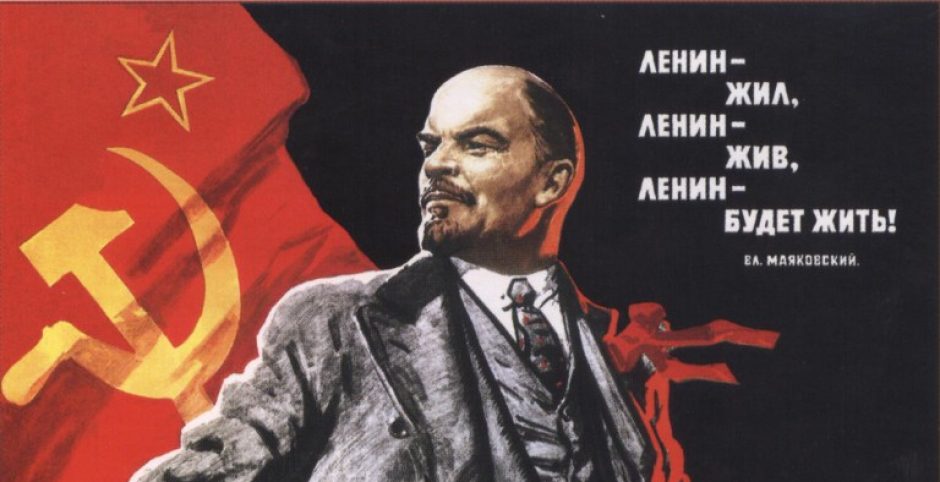During the reign of Nicholas I and the unrest following the Decembrist Revolt, many educated people came together to discuss how to best move forward as a nation. For many, this required first identifying what it truly meant to be “Russian.” Slavophiles looked to their history and their pre-Petrine past in order to develop an inherently Russian identity. In the preface to “On the Nature of European Culture and Its Relation to the Culture of Russia,” Marc Raeff highlights the Slavophiles’ belief that “a people or a culture develops organically, manifesting distinctive spiritual traits in all major aspects of its social and national life.” (Raeff, 174) While Russia took massive strides in education, technology, arts, and medicine during Peter’s Cultural Revolution, this development was not organic, but was implanted suddenly and dramatically during Peter’s reign, and instilled a great cultural divide between the nobility and the lower classes. On a deeper level, it created a dichotomy in Russian identity: while aspects of Muscovite culture were still very much present in the poorer classes, people were expected to see their cultural roots as “backwards” and only embrace what was wholly “European.”
In “On the Nature of European Culture and Its Relation to the Culture of Russia,” Kireevski upholds the Russian Orthodox Church as a unifying element of Russian culture when he writes: “the vast land of Russia, even when it was divided into petty principalities, thought of itself as a single living organism, held together not so much by a common language as by the unity of convictions which resulted from a common faith in the dicta of the Church.” He says the Church fostered “an overwhelming reaching out for wholeness of being, both external and internal.” (Kireevski, 194-205) In contrast, European philosophy and culture are described as creating a “dichotomy of the sum total and of all separate aspects of human life, both social and individual.” (Kireevski, 205) For Kireevski, Europeanization created a deep schism in Russia between the rich and the poor, educated and non-educated, and traditional Russian versus modern Russian culture.
Some may argue that without Peter’s Cultural Revolution, Russia never would have developed into the modern industrial nation that it is today, but Slavophiles would seem to argue otherwise. Following the Slavophiles’ belief that a culture must develop organically in order to flourish culturally, my question is: was Peter’s Westernization, and by extension Europe’s influence, necessary for Russia to turn into a modern and developed nation, or could Russia have developed in its own uniquely Russian, but equally modern way?
